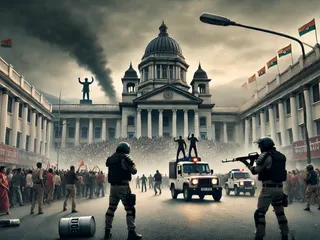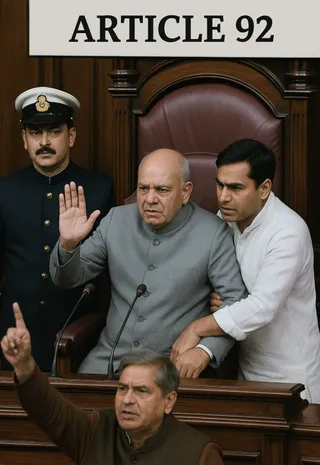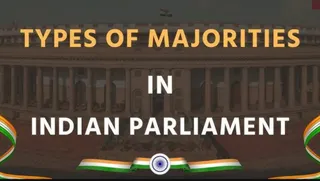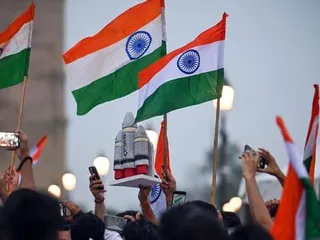President’s Rule in India (Article 356) – Exam-Oriented Notes
Definition:
President’s Rule refers to the suspension of a state government and direct administration by the central government under Article 356 of the Indian Constitution. It is imposed when a state government is unable to function as per constitutional provisions.
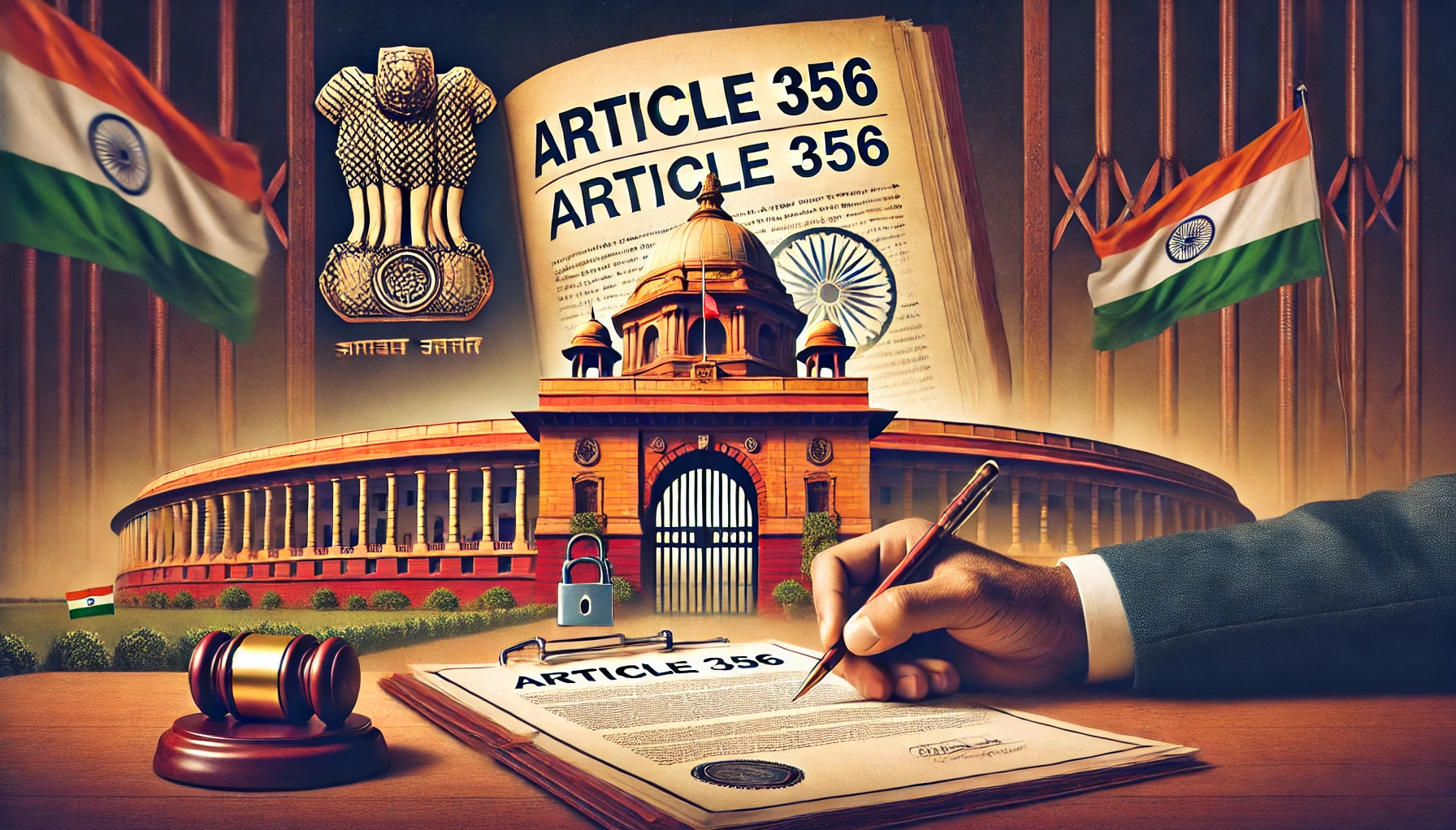
Constitutional Provisions:
- Article 356: Allows the President to take over a state’s administration if there is a failure of the constitutional machinery.
- Article 355: The central government has a duty to ensure that every state functions in accordance with the Constitution.
Reasons for Imposition:
- Political instability – No party gets a majority or coalition breakdown.
- Breakdown of law and order – Large-scale violence or failure of governance.
- Failure to comply with constitutional provisions – Example: Not conducting elections on time.
- Refusal to follow Union government directives – States defying central laws/orders.
- Corruption or maladministration – If governance collapses due to inefficiency.
Process of Imposition:
- Governor’s Report – The Governor of the state recommends President’s Rule if the government fails to function.
- Presidential Proclamation – The President issues a notification imposing President’s Rule.
- Parliamentary Approval – Both Houses of Parliament must approve it within two months.
- Duration – Initially imposed for six months, extendable up to three years with Parliament’s approval every six months.
Effects of President’s Rule:
- The Governor takes over state administration on behalf of the President.
- The State Assembly is either dissolved or suspended.
- The Parliament makes laws for the state.
- The Union government exercises full control over the state’s administration.
Limitations and Safeguards:
- Judicial Review: The Supreme Court can strike down President’s Rule if found unconstitutional (e.g., S. R. Bommai case, 1994).
- Parliamentary Oversight: Requires Parliament’s approval every six months.
- Time Limit: Cannot be extended beyond three years (except under national emergency conditions).
Important Cases:
- S. R. Bommai v. Union of India (1994) – The Supreme Court ruled that President’s Rule is subject to judicial review and cannot be imposed arbitrarily.
- Rameshwar Prasad Case (2006) – The Supreme Court held that dissolving a state assembly based on the assumption of instability was unconstitutional.
Examples of President’s Rule in India:
- Punjab (1987-1992) – Due to terrorism and political instability.
- Jammu & Kashmir (2018-2019) – After BJP withdrew support from the coalition government.
- Maharashtra (2019) – Due to a deadlock in government formation.
- Manipur (2025) – Due to political crisis and ethnic violence.
President’s Rule is an extraordinary provision meant to ensure constitutional governance in states. However, its misuse for political reasons has been a concern. Judicial rulings and constitutional safeguards help prevent arbitrary imposition.

